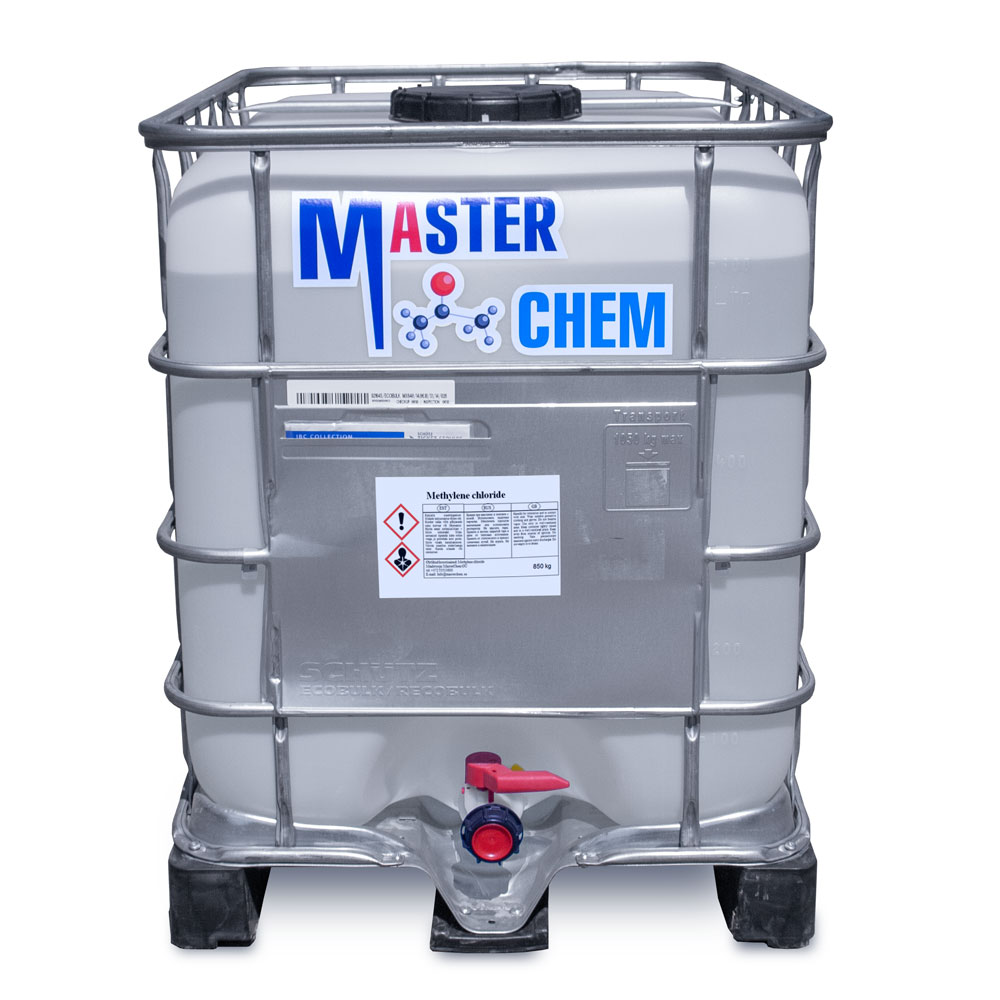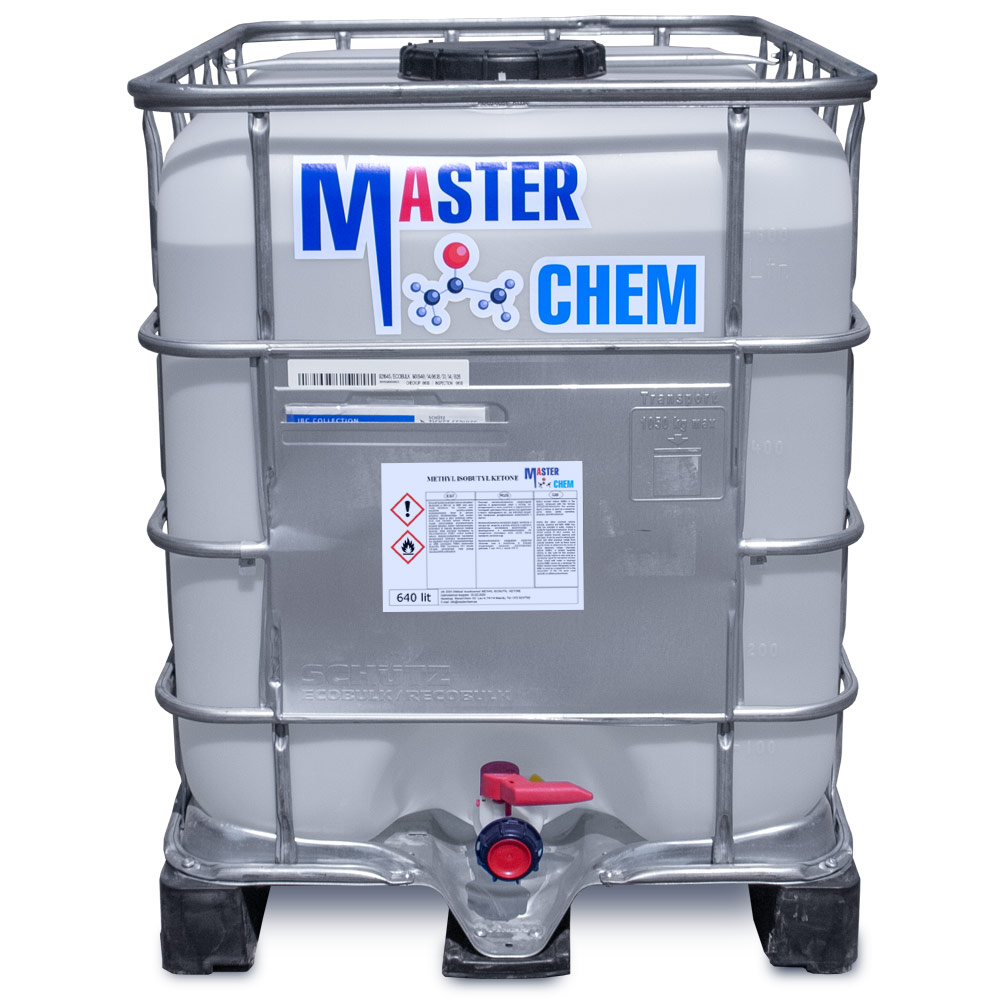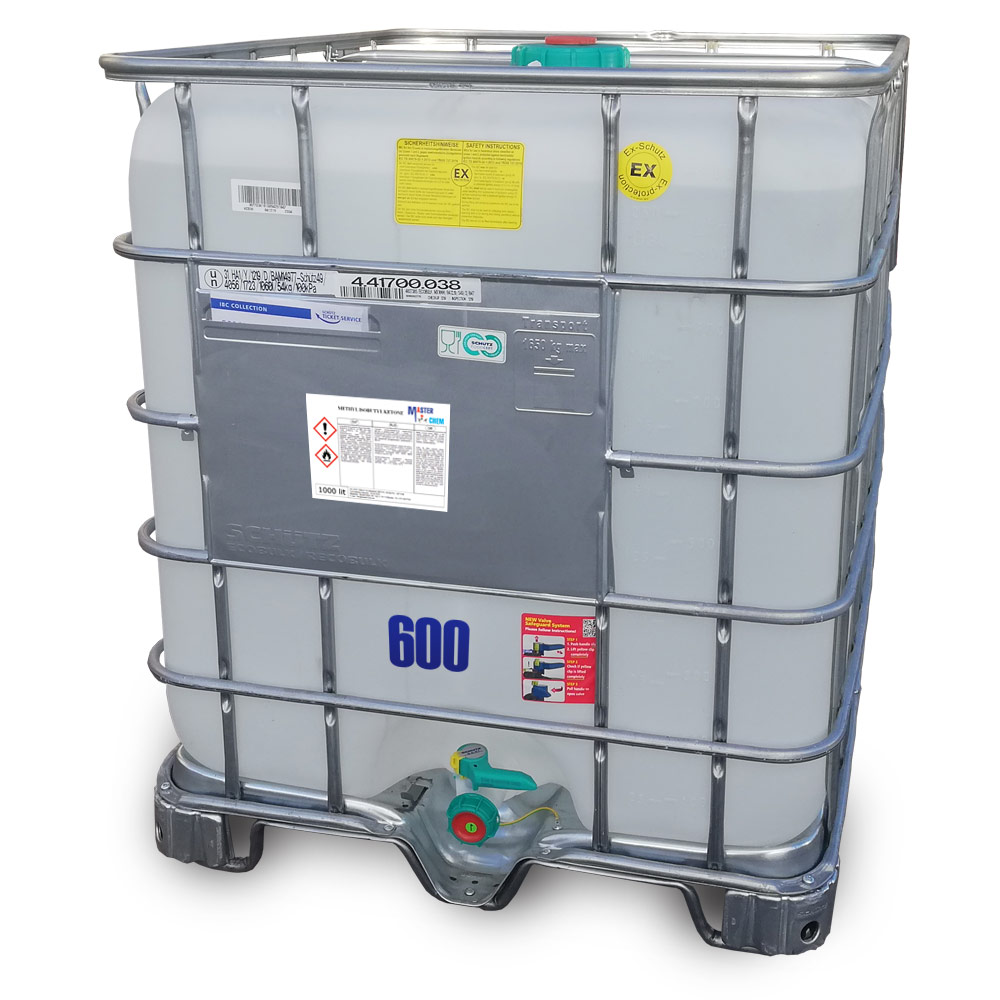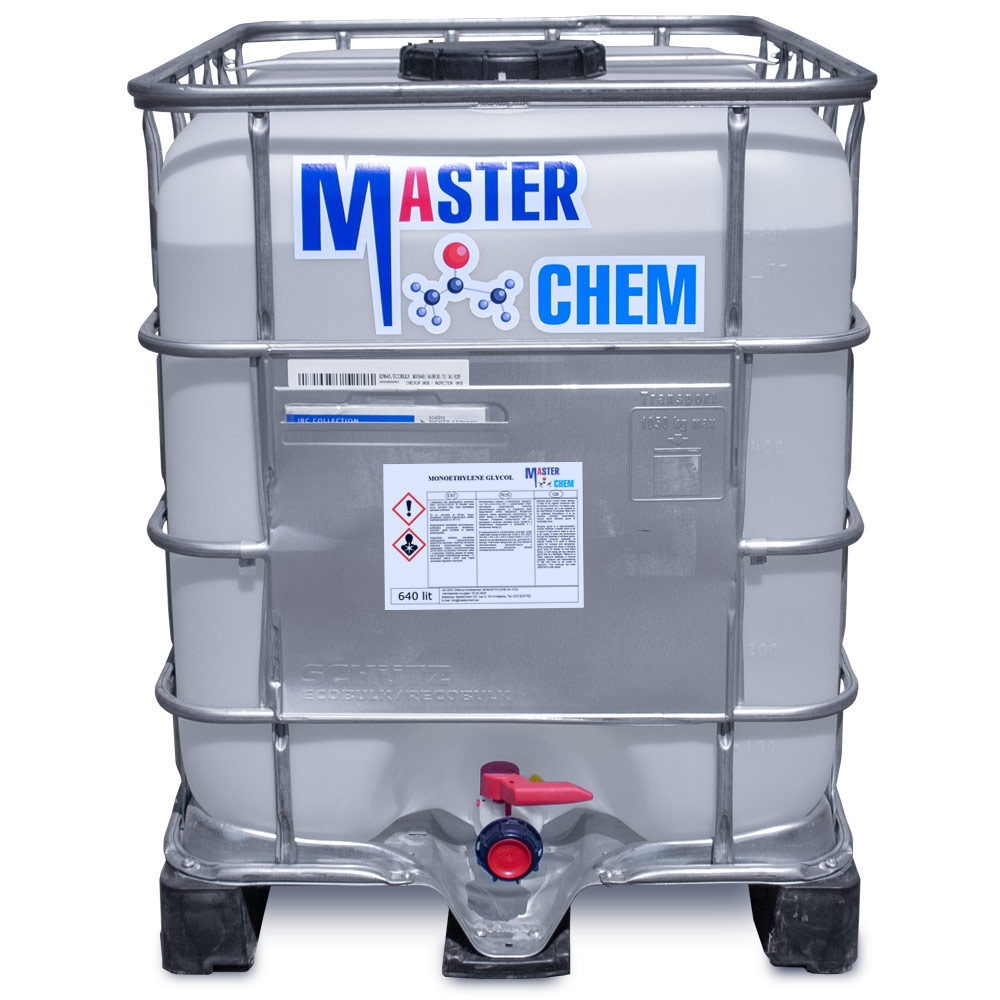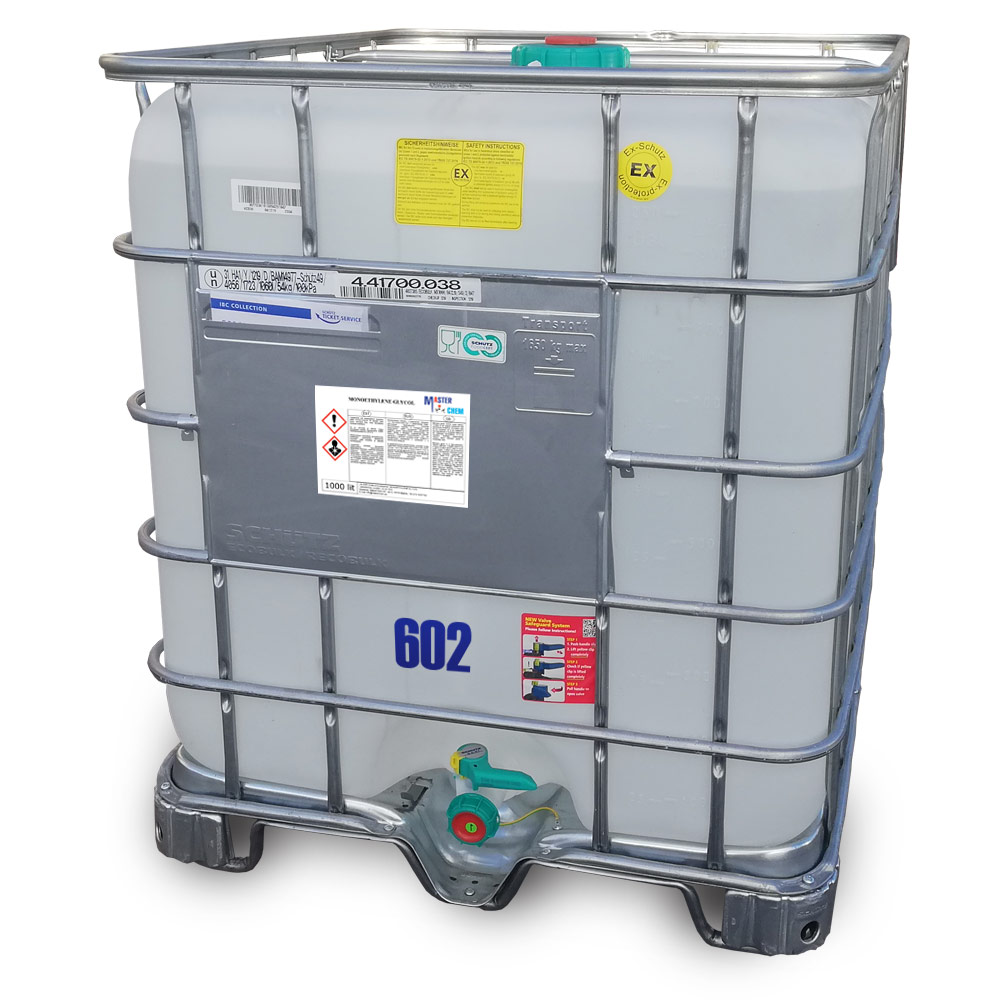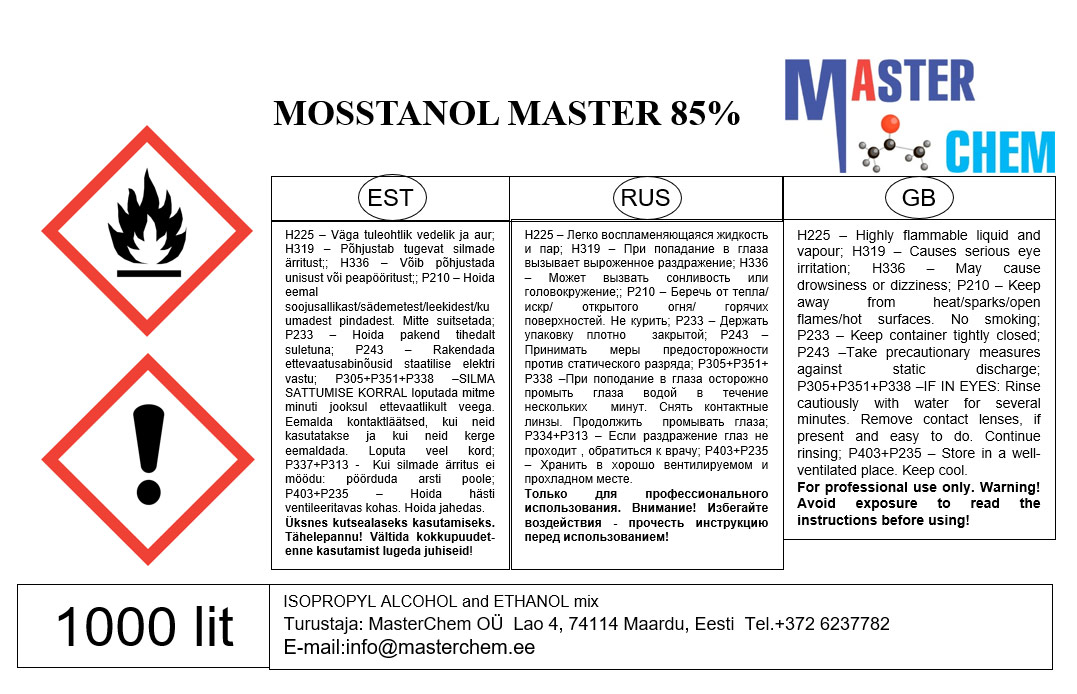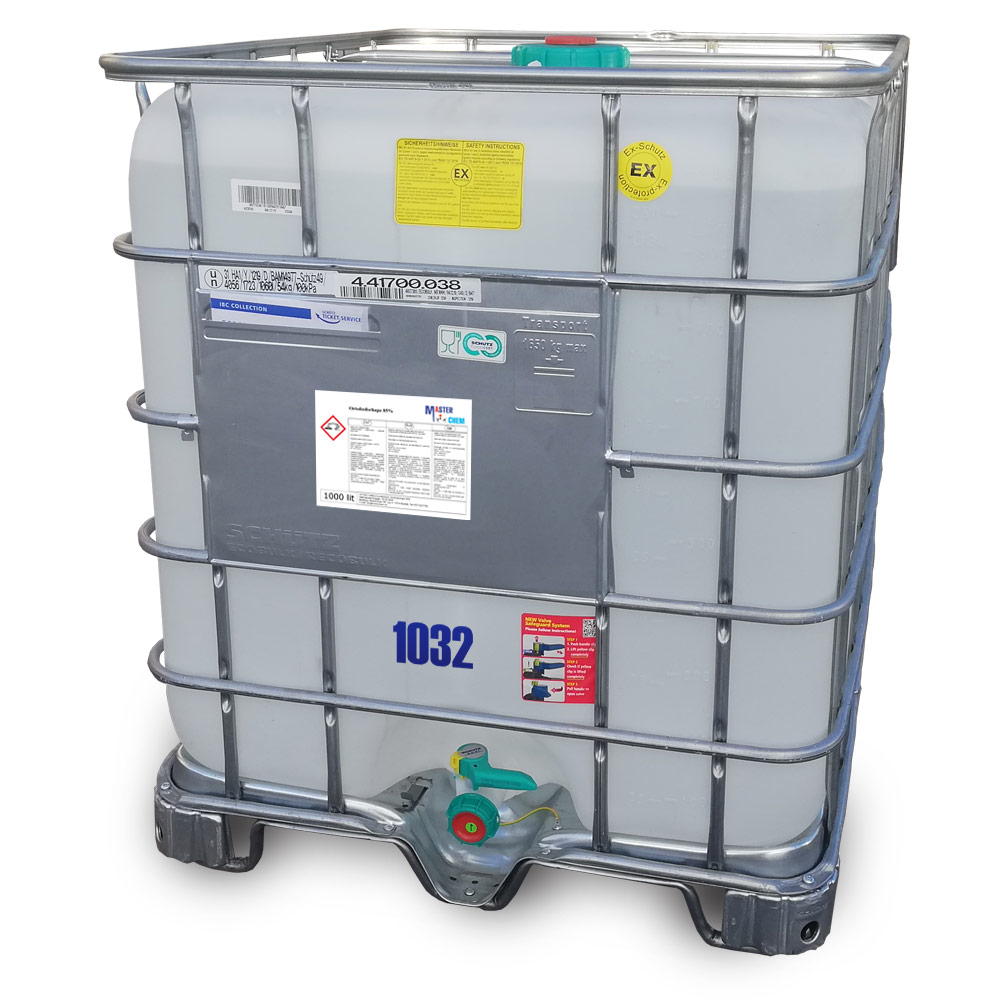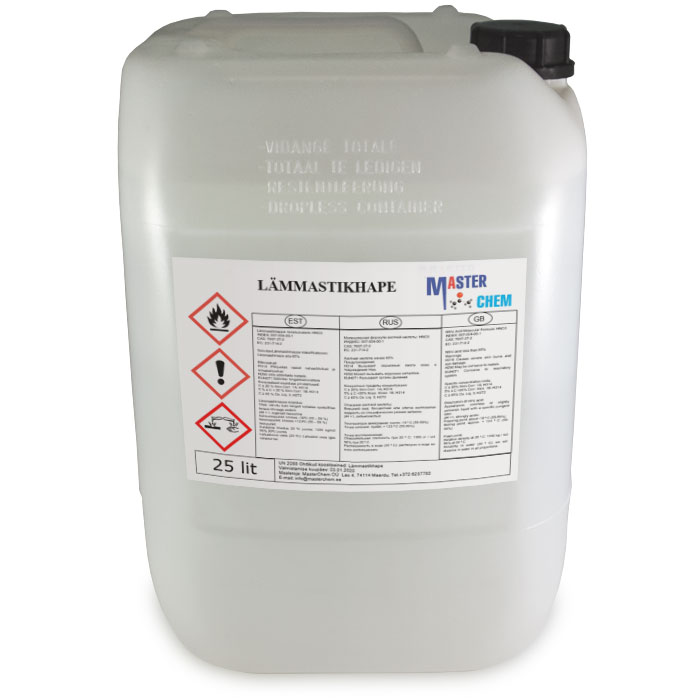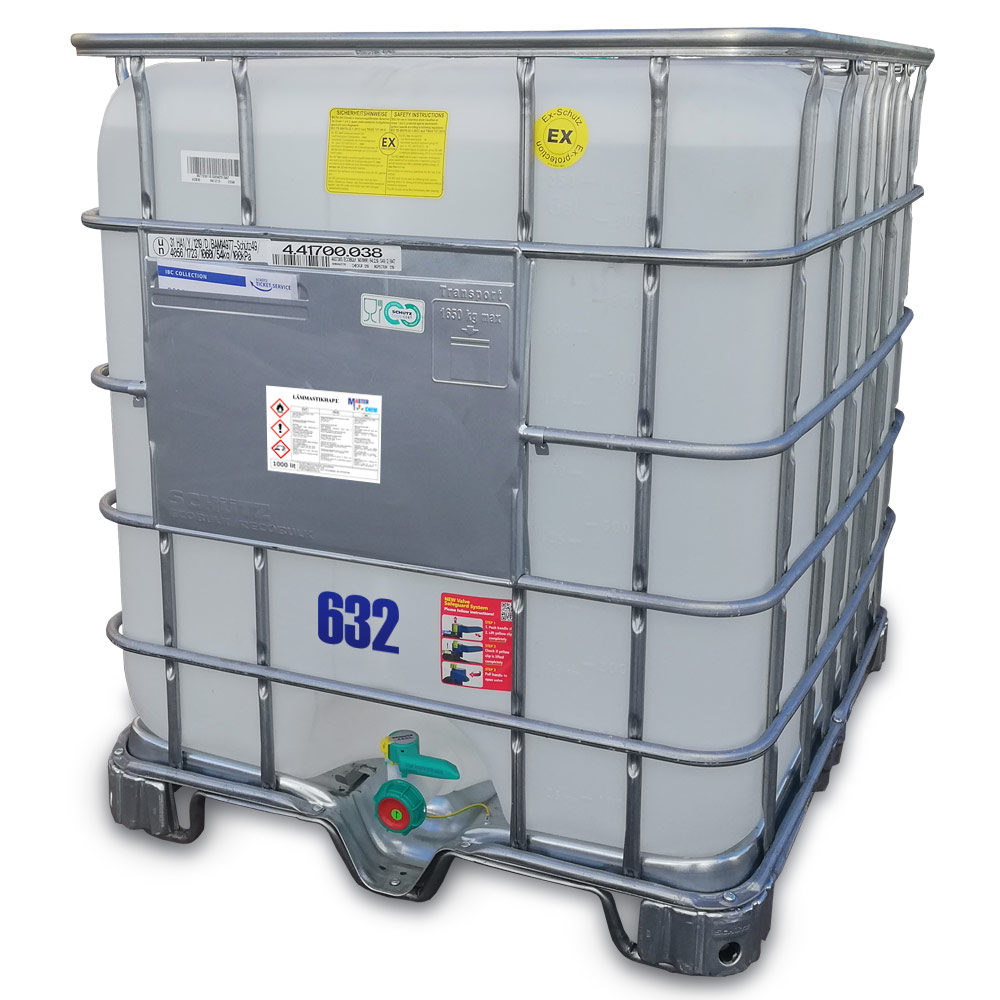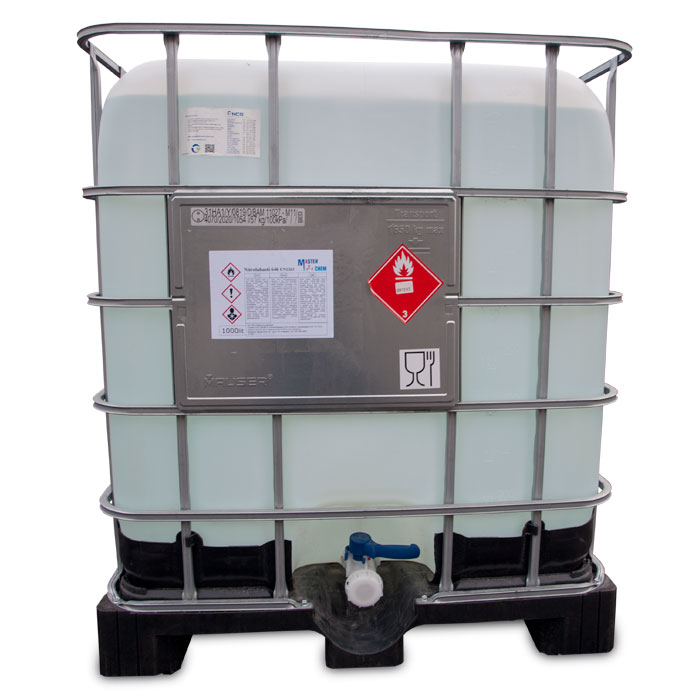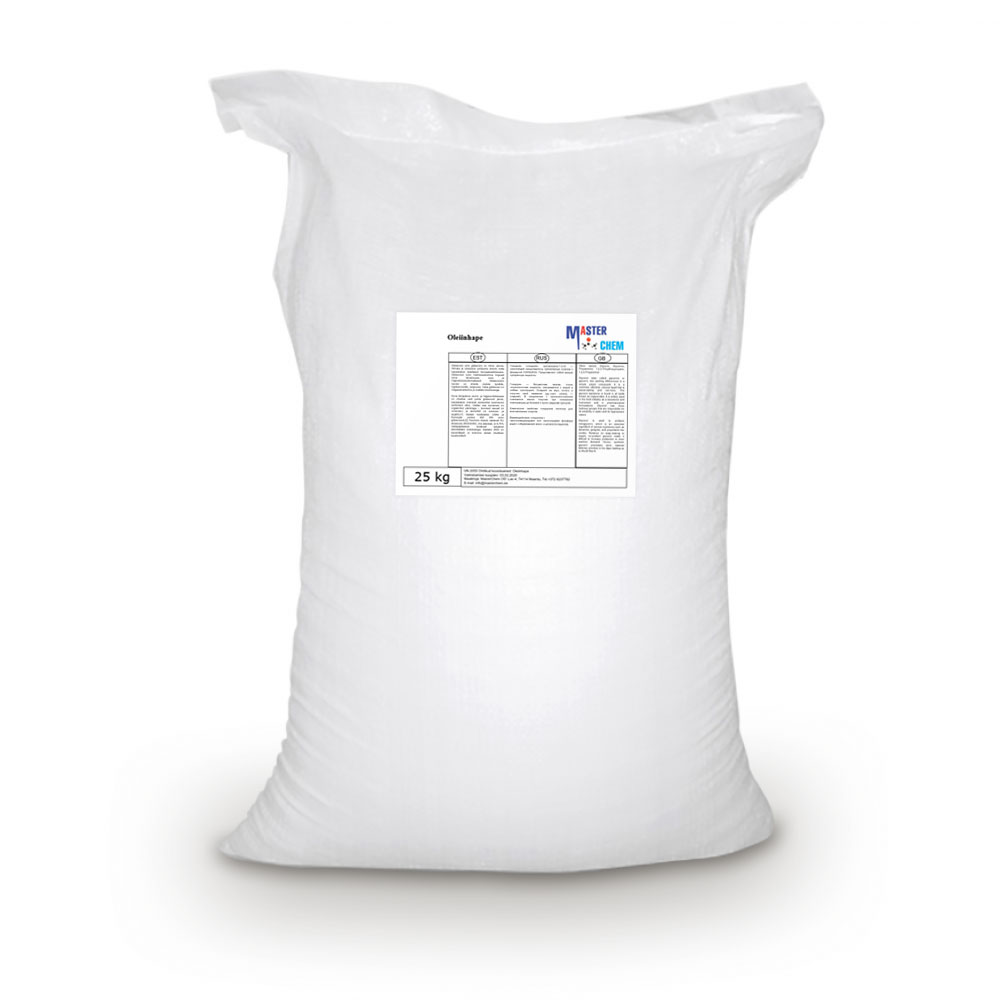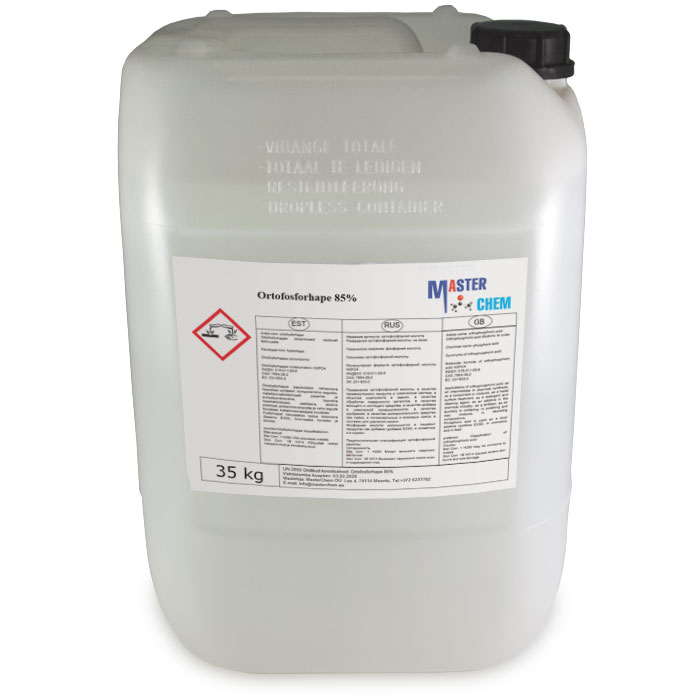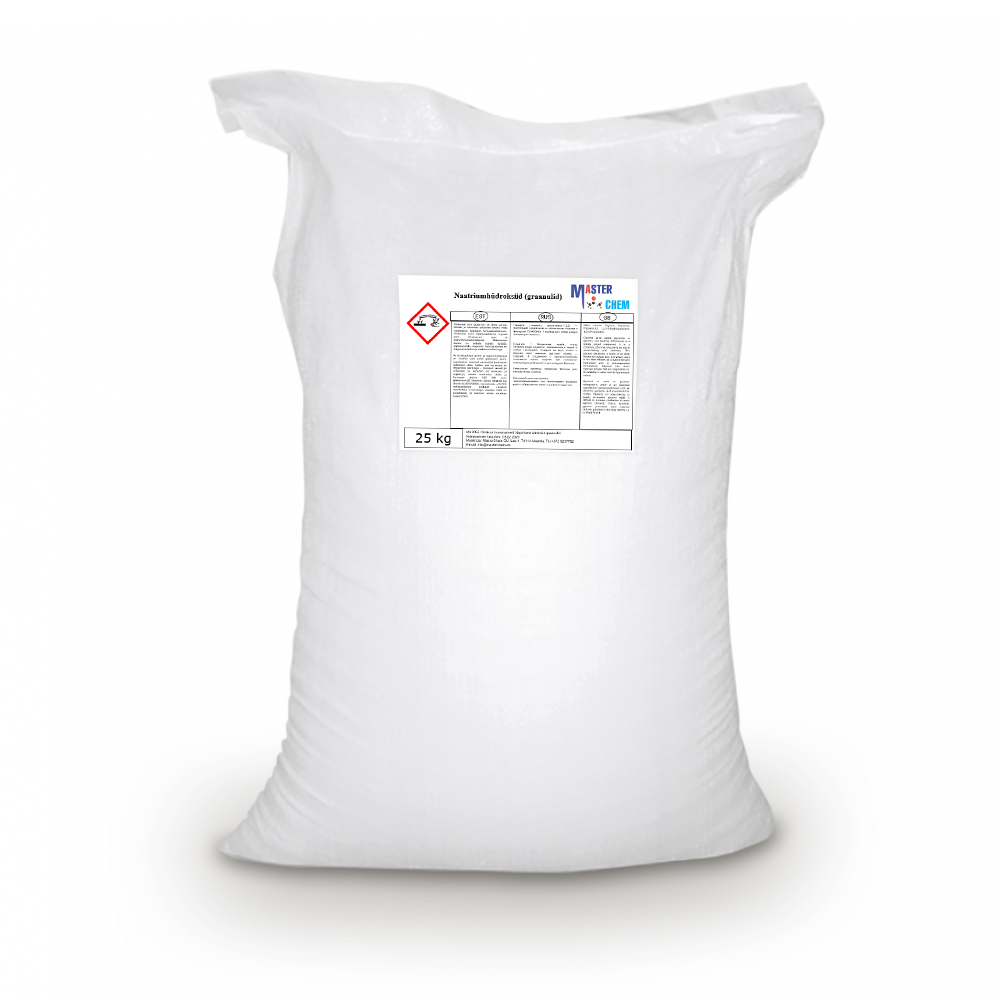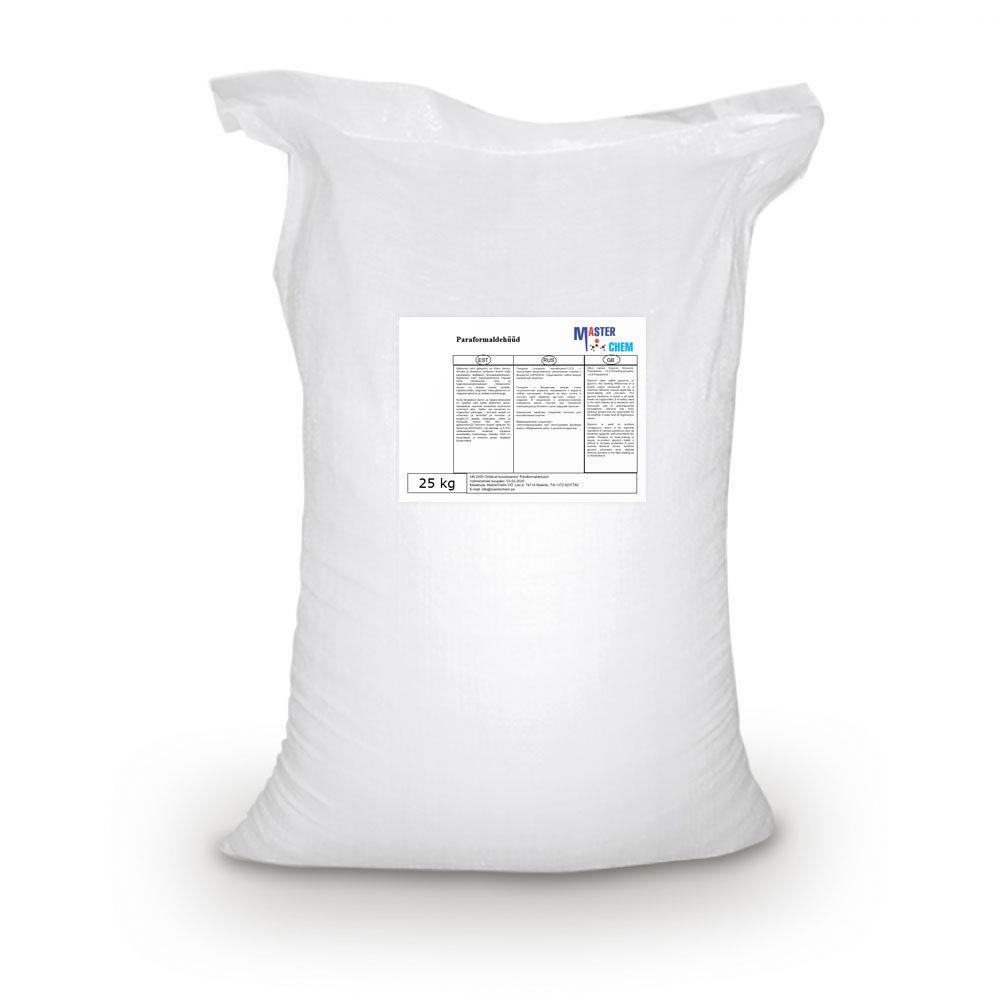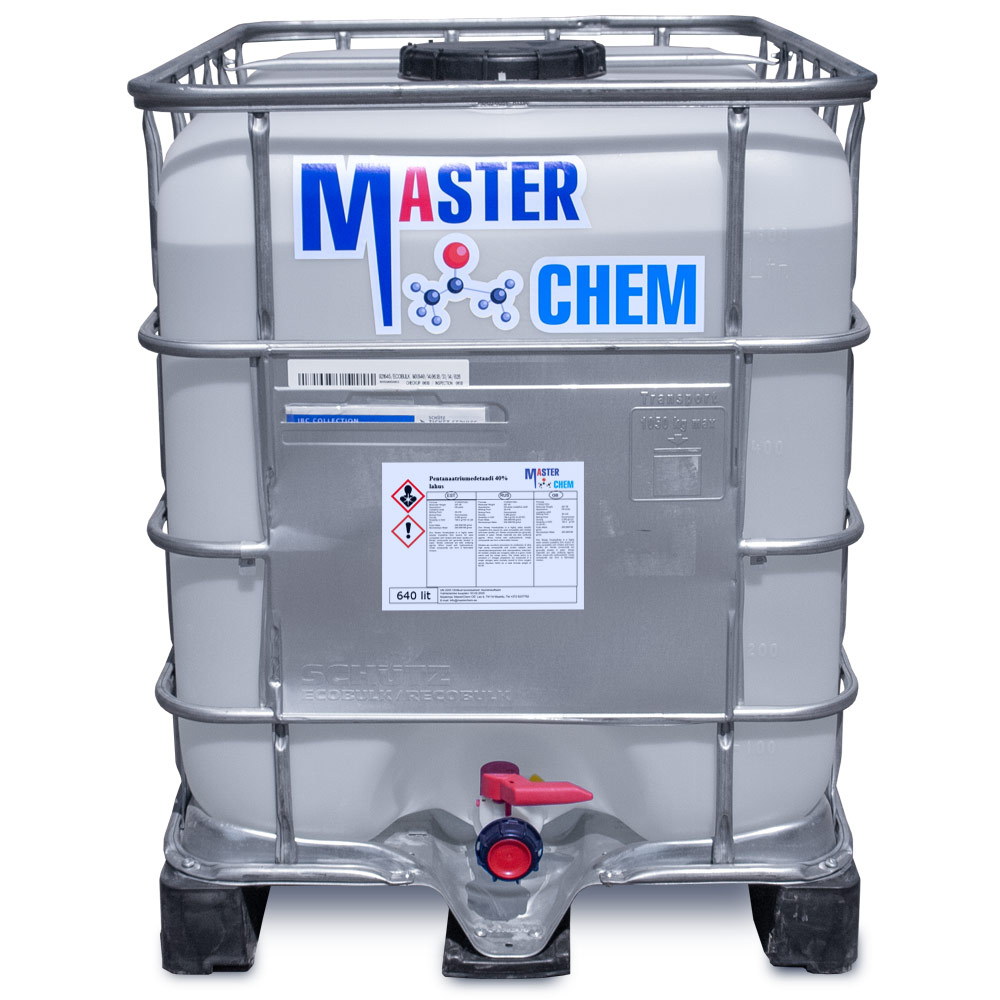Currently Empty: €0.00
Monoethylene glycol (CAS 107-21-1)
Monoethylene glycol is mainly used to make polyester, polyester resin, thinner, plasticizer, surfactant, synthetic fiber, cosmetics and explosives.
Monoethylene glycol can also be used as a paint/ink solvent, engine antifreeze, dehydrating agent. In addition, ethylene glycol can be used to make synthetic resin PET, fiber grade PET (polyfiber) and mineral water bottle chip grade PET.
Monoethylene glycol It can also be used to make hydramine resin, surfactant, oxalaldehyde and explosive. Furthermore, ethylene glycol can be used as an antifreeze.
Oiled sulfur (CAS 7704-34-9)
Oiled sulfur (CAS 7704-34-9)
Sulfur (in British English: sulphur) is a chemical element with the symbol S and atomic number 16. It is abundant, multivalent and nonmetallic. Under normal conditions, sulfur atoms form cyclic octatomic molecules with a chemical formula S8. Elemental sulfur is a bright yellow, crystalline solid at room temperature.
Oleic acid (CAS 112-80-1)
Oleic acid (CAS 112-80-1)
Oleic acid is a fatty acid that occurs naturally in various animal and vegetable fats and oils. It is an odorless, colorless oil, although commercial samples may be yellowish. In chemical terms, oleic acid is classified as a monounsaturated omega-9 fatty acid, abbreviated with a lipid number of 18:1 cis-9. It has the formula CH3(CH2)7CH=CH(CH2)7COOH. The name derives from the Latin word oleum, which means oil. It is the most common fatty acid in nature. The salts and esters of oleic acid are called oleates.
Oxalic (ethanedioic) acid (CAS 144-62-7)
Oxalic (ethanedioic) acid) is a dibasic saturated carboxylic acid, which is a chemical substance in the form of colorless crystals, soluble in water, incompletely in diethyl and ethyl alcohol, insoluble in benzene, chloroform, petroleum ether.
Application
Oxalic acid and oxalates are used in the textile and leather industries.
metallurgical (for cleaning metals from scale, corrosion, rust, oxides);
chemical (in the manufacture of dyes, plastics, ink, pyrotechnics);
textile (as a mordant when dyeing wool and silk);
microscopy (for bleaching the sections);
agriculture (as an insecticide);
pharmacology;
woodworking;
cosmetology (as part of whitening creams, masks and serums);
analytical chemistry (for the precipitation of rare earth elements);
household chemicals (as a bleaching and disinfectant component of detergents).
In addition, the substance is used to create food additives and biologically active complexes (as a preservative)
CAS: 144-62-7
Paraformaldehyde (CAS 30525-89-4)
Paraformaldehyde (CAS 30525-89-4)
Paraformaldehyde (PFA) is the smallest polyoxymethylene, the polymerization product of formaldehyde with a typical degree of polymerization of 8–100 units. Paraformaldehyde commonly has a slight odor of formaldehyde due to decomposition. Paraformaldehyde is a poly-acetal.
Pentasodium edetate 40% solution (CAS 140-01-2)
Pentasodium edetate 40% solution (CAS 140-01-2)

